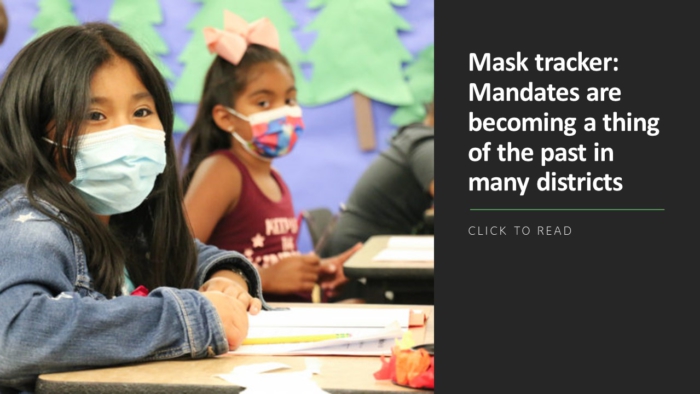Masks and ventilation are more important than social distancing measures in preventing the potential transmission of COVID-19 in classrooms, say researchers who conducted a new study for the University of Central Florida.
When both are employed diligently, they say the Centers for Disease Control’s 3 feet recommendations between most individuals – over the original 6 feet model – can be utilized safely in K-12 schools and colleges.
The new findings, published in the journal Physics of Fluids and funded in part by the National Science Foundation, could help leaders better make decisions in planning for reopenings. At a time when vaccine rollouts are increasing, COVID variants are also spreading fast. Schools continue to utilize a number of strategies to mitigate spread and keep positive case counts low, but masks should be No. 1.
“The research is important as it provides guidance on how we are understanding safety in indoor environments,” said Michael Kinzel, co-author and an assistant professor in UCF’s Department of Mechanical and Aerospace Engineering. “The study finds that aerosol transmission routes do not display a need for six feet social distancing when masks are mandated. These results highlight that with masks, transmission probability does not decrease with increased physical distancing, which emphasizes how mask mandates may be key to increasing capacity in schools and other places.”
While masks alone are helpful, ventilation and new, high-quality air filters can lessen potential spread of coronavirus by 40% to 50% over spaces that do not have them, according to Kinzel’s team.
How they came to their conclusion
UCF’s project is not solely related to COVID-19 but rather a look at how diseases can be spread through the air and cause “super-spreader” events.
Using computer modeling with a 700-square-foot room with 9-foot ceilings, researchers created an area of seating for students who were wearing masks with a teacher towards the front of the space.
They tested both an unventilated room and a ventilated one to show the potential spread of aerosol droplets (through Wells-Riley and Computational Fluid Dynamics models). They found that masks helped “prevent direct exposure by providing a weak puff of warm air aerosols to move vertically, thus preventing them from reaching adjacent students.”
Why is ventilation so important? Researchers say simply that the circulated air through a filtration system essentially helps to trap potential harmful aerosols. Without it, those aerosols simply float throughout a room and boost the potential for them to be spread among individuals.
“The results suggest exactly what the CDC is doing, that ventilation systems and mask usage are most important for preventing transmission and that social distancing would be the first thing to relax,” said Kinzel, who also collaborates with UCF’s Center for Advanced Turbomachinery and Energy Research. “When wearing masks, three feet of social distancing did not indicate an increase in infection probability with respect to six feet, which may provide evidence for schools and other businesses to safely operate through the rest of the pandemic.”
The CDC two weeks ago – after conducted studies in several states including 250 schools in Massachusetts over a four-month period – made a recommendation that schools could reduce the space between students to 3 feet but with several caveats – that masks still be worn and that hygiene measures strictly enforced.
“These include universal and correct use of masks, physical distancing, hand washing and respiratory etiquette, cleaning to maintain healthy facilities and diagnostic testing with rapid and efficient contact tracing in combination with isolation in quarantine and in collaboration with local health departments,” CDC Director Dr. Rochelle Walensky said.



